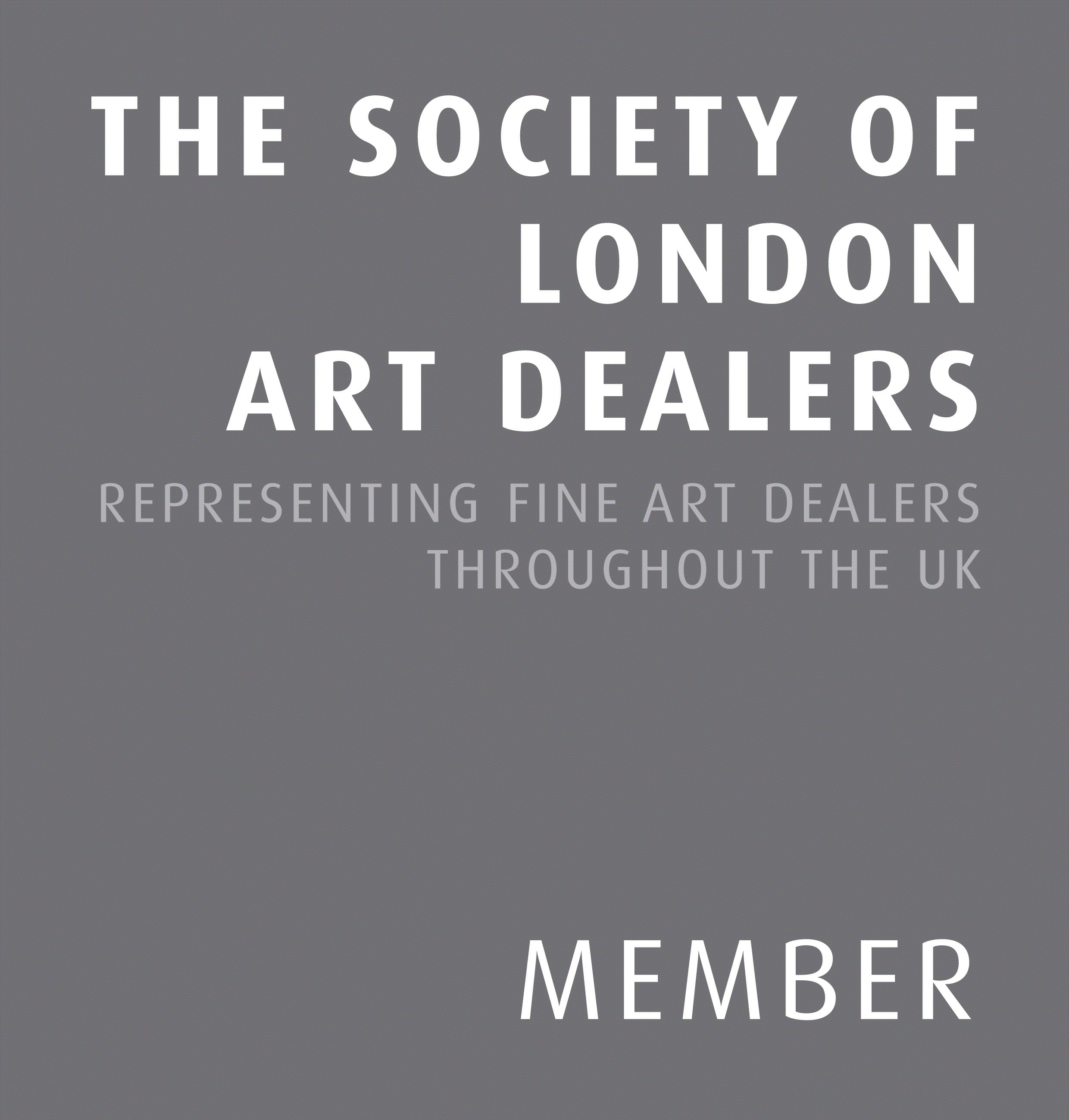ALICE BABER
American, 1928–1982
Alice Baber (b. 1928, USA — d. 1982, USA) was an American painter celebrated for her radiant explorations of colour, light, and form within post-war abstraction. Rooted in Abstract Expressionism and Colour Field painting, her work combined lyrical sensibility with technical experimentation, producing organic, biomorphic compositions shaped by what she called “colour hunger”.
Baber studied at Indiana University before moving to New York, where she joined the March Gallery and worked as arts editor at McCall’s. In 1958 she held her first solo exhibition and began developing the signature circular forms that defined her visual language. Regular travel to Paris brought her into dialogue with American expatriates such as Sam Francis and Joan Mitchell, and her work gained international visibility through exhibitions across Europe, including the Jeune Biennale in Paris, where she was shown alongside Helen Frankenthaler.
An advocate for gender equity in the arts, Baber participated in landmark feminist shows including Women Choose Women (1972) and curated the exhibition Colour Forum at the University of Texas, Austin. Her work is held in over forty museum collections worldwide, including the Metropolitan Museum of Art, MoMA, the Whitney, and the Guggenheim in New York, as well as the Albertina, Vienna, and the Stedelijk, Amsterdam.

